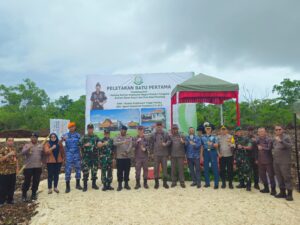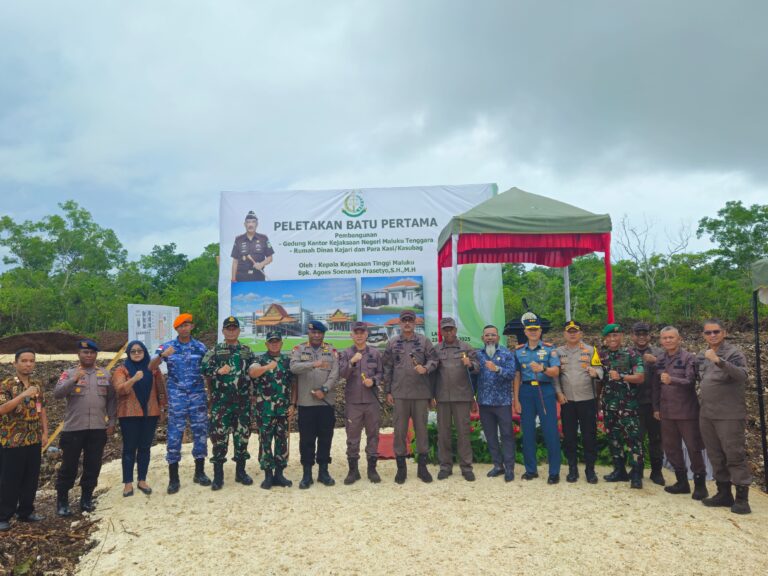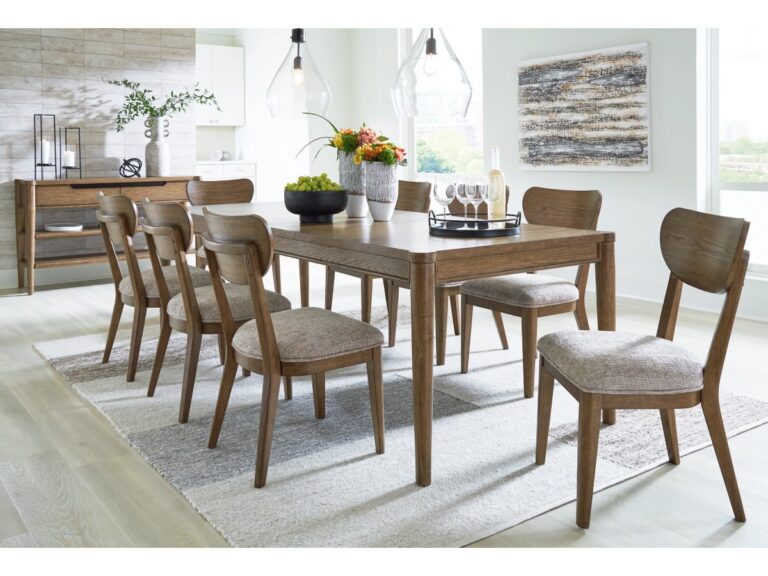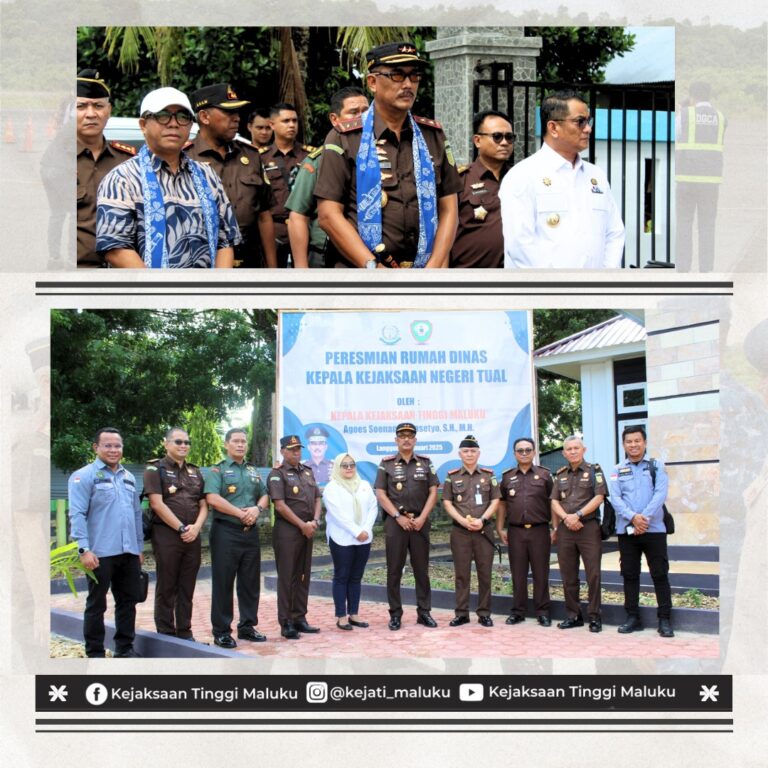Painting your home is a big decision, and if you’re living in Pakistan, you’ve likely experienced the wide variety of weather conditions our beautiful country has to offer. From the sweltering heat of summer to the humid monsoon season and the chilly winters, each type of weather can affect the quality and durability of paint in different ways. Understanding how these weather changes impact paint quality can save you a lot of time, effort, and money in the long run. In this blog, I’ll take you through how weather affects paint quality in Pakistan and help you make wise choices when selecting the best paint for your home.

The Impact of Pakistan’s Climate on Paint Quality
Pakistan’s climate varies significantly from region to region, but it can be broadly classified into hot summers, heavy monsoons, and cold winters. Each of these has a unique impact on the paint you use.
1. Hot and Dry Summers
In much of Pakistan, the summer months are scorching hot, with temperatures often rising above 40°C, particularly in regions like Sindh and Punjab. High temperatures can have a damaging impact on paint. When the temperature is too high:
- Rapid Drying: Paint tends to dry too quickly, leading to uneven surfaces and visible brush marks. The heat can cause the solvent in the paint to evaporate before it has had a chance to level properly on the wall.
- Fading and Blistering: Excessive heat can lead to the paint fading or even blistering. Dark-colored paints are especially vulnerable, as they absorb more sunlight, which causes them to break down faster.
- Cracking: In extremely hot conditions, paint can crack over time, particularly if the paint layer is too thick or if the surface wasn’t properly prepared.
Choosing the Right Paint for Summer: For hot and dry climates, it’s best to use heat-reflective or UV-resistant paints. Look for paints specifically designed to withstand high temperatures without fading or cracking. Lighter colors are a good choice, as they reflect more sunlight and help reduce heat absorption.
2. Humid Monsoon Season
The monsoon season in Pakistan can be both a blessing and a challenge. While it brings much-needed rain, the increased humidity can wreak havoc on your paint job.
- Moisture Absorption: High humidity means moisture in the air is absorbed by the walls. If paint is applied when there’s moisture on the surface, it can lead to peeling and blistering later on. Damp walls can also cause mold and mildew growth, which not only ruins the appearance but can also damage the health of your walls.
- Delayed Drying Time: When humidity is high, the drying time for paint increases. This means that the paint stays wet longer, making it more susceptible to attracting dust and impurities from the air, leading to an unclean finish.
Choosing the Right Paint for Monsoons: When dealing with humid conditions, consider choosing a paint that has mold and mildew-resistant properties. Latex or acrylic paints are often recommended for their breathability, which helps reduce the risk of trapped moisture. Also, wait for a dry day to start painting—this helps ensure that the surface is free from excess moisture.
3. Chilly Winters
Winter temperatures in many parts of Pakistan can drop significantly, especially in the northern regions like Khyber Pakhtunkhwa and Balochistan. Cold weather presents its own challenges when it comes to painting.
- Slow Drying Time: In cold conditions, paint takes longer to dry and cure, which can lead to prolonged exposure to dust and contaminants. The extended drying time can also result in an uneven finish, as the paint may not set properly.
- Adhesion Issues: If temperatures are too low, paint may not adhere well to the surface, leading to problems like peeling or flaking down the road. Cold weather can make it difficult for paint to properly bond with the surface, resulting in a weaker and less durable paint job.
Choosing the Right Paint for Winters: For winter conditions, choose paints that are designed to cure even in low temperatures. Oil-based paints can be a good choice since they often perform better in cold conditions compared to water-based paints.
Practical Tips for Painting in Different Weather Conditions
Choosing the right paint is only half the battle. Here are some practical tips for painting in Pakistan’s diverse weather conditions:
- Check Weather Forecasts: It may sound obvious, but checking the weather forecast can help you avoid painting just before a major temperature change or rainfall. Painting during stable weather ensures a better finish.
- Prepare the Surface Properly: Surface preparation is crucial, regardless of the weather. Make sure the surface is dry, clean, and free from any dust or mildew. This helps the paint adhere properly and provides a long-lasting finish.
- Paint During Optimal Times of the Day: During hot summer days, avoid painting in the middle of the day when temperatures are highest. Opt for early morning or late afternoon. In the winter, wait until mid-morning when temperatures are a bit warmer.
- Use Primer: Always use a good-quality primer that matches the type of paint you are using. A primer provides a stable base and helps paint adhere better, reducing the risk of peeling and cracking.
Choosing the Right Paint Based on the Region
Given Pakistan’s diverse geography, it’s wise to choose paints based on where you live:
- For Coastal Areas (e.g., Karachi): Coastal areas are prone to high humidity, salty air, and moisture. Look for paints that are resistant to mold, mildew, and salt corrosion. Acrylic latex paints work well because of their moisture resistance.
- For Arid Regions (e.g., Quetta, Thar): In dry regions, the focus should be on durability under high heat. UV-resistant paints are a good option, as they help protect against fading and cracking.
- For Northern Regions (e.g., Murree, Gilgit): In areas where temperatures drop significantly, look for paints that are designed to cure in low temperatures and withstand freezing conditions.
Final Thoughts: Choosing Wisely for Long-Term Results
When choosing paint, it’s essential to consider the climate in your specific region of Pakistan. Each type of weather presents its own set of challenges, and selecting the right type of paint can make all the difference in how your paint job looks and how long it lasts. Here’s a quick recap of what to consider:
- For Hot, Dry Climates: Opt for UV-resistant and heat-reflective paints. Lighter colors help reduce heat absorption.
- For Humid Climates: Choose mold and mildew-resistant paints, and avoid painting on damp days.
- For Cold Climates: Use paints that can cure in low temperatures, and avoid painting when it’s too cold.
Always remember, proper surface preparation, choosing the right weather window, and using high-quality primers are just as crucial as selecting the right paint. By understanding how Pakistan’s diverse weather conditions can affect paint quality, you can make an informed decision that will keep your walls looking fresh and vibrant for years to come.












